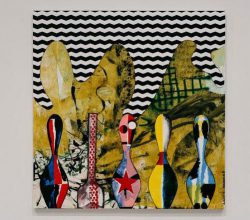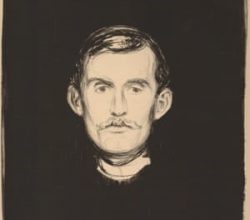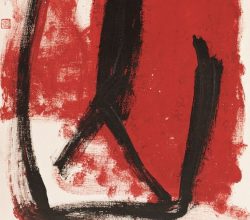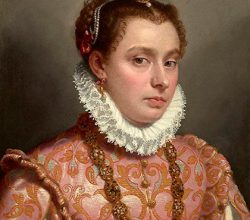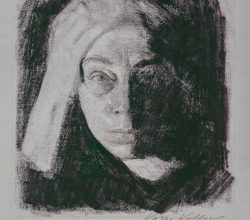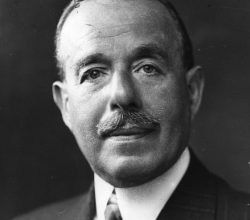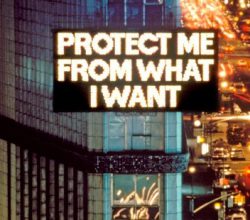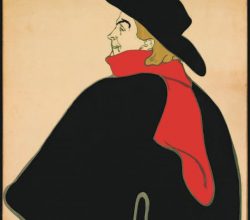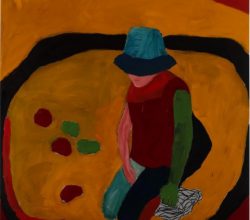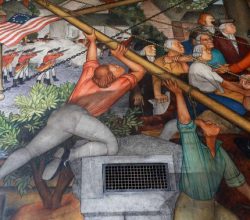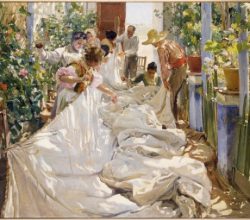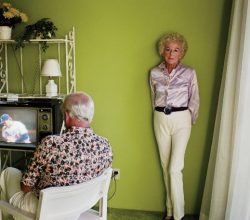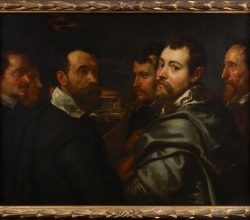
Rubens had it all — fame, fortune, good looks. But you can’t hate him.
Philip Kennicott | The Washington Post | 11th April 2019
Rubens was successful, hugely so. Flaws that might make him more human are hard to spot. His work is dubbed “cinematic”, a la Spielberg. Is that so bad? Rubens is “almost always not just successful, but also almost comically successful, with a virtuoso energy that overwhelms suspicion.” Plausibly the greatest court painter of his age. More images are here.

